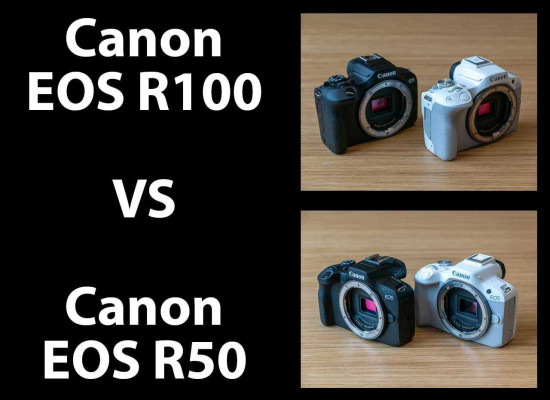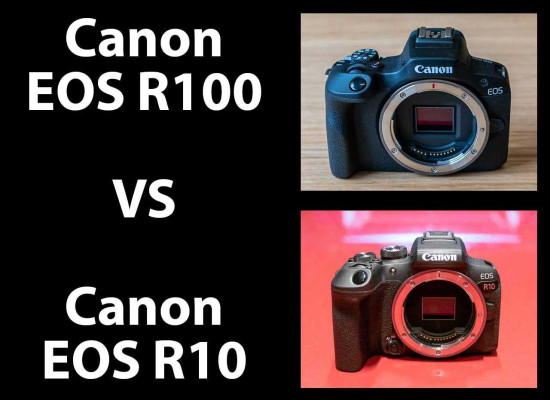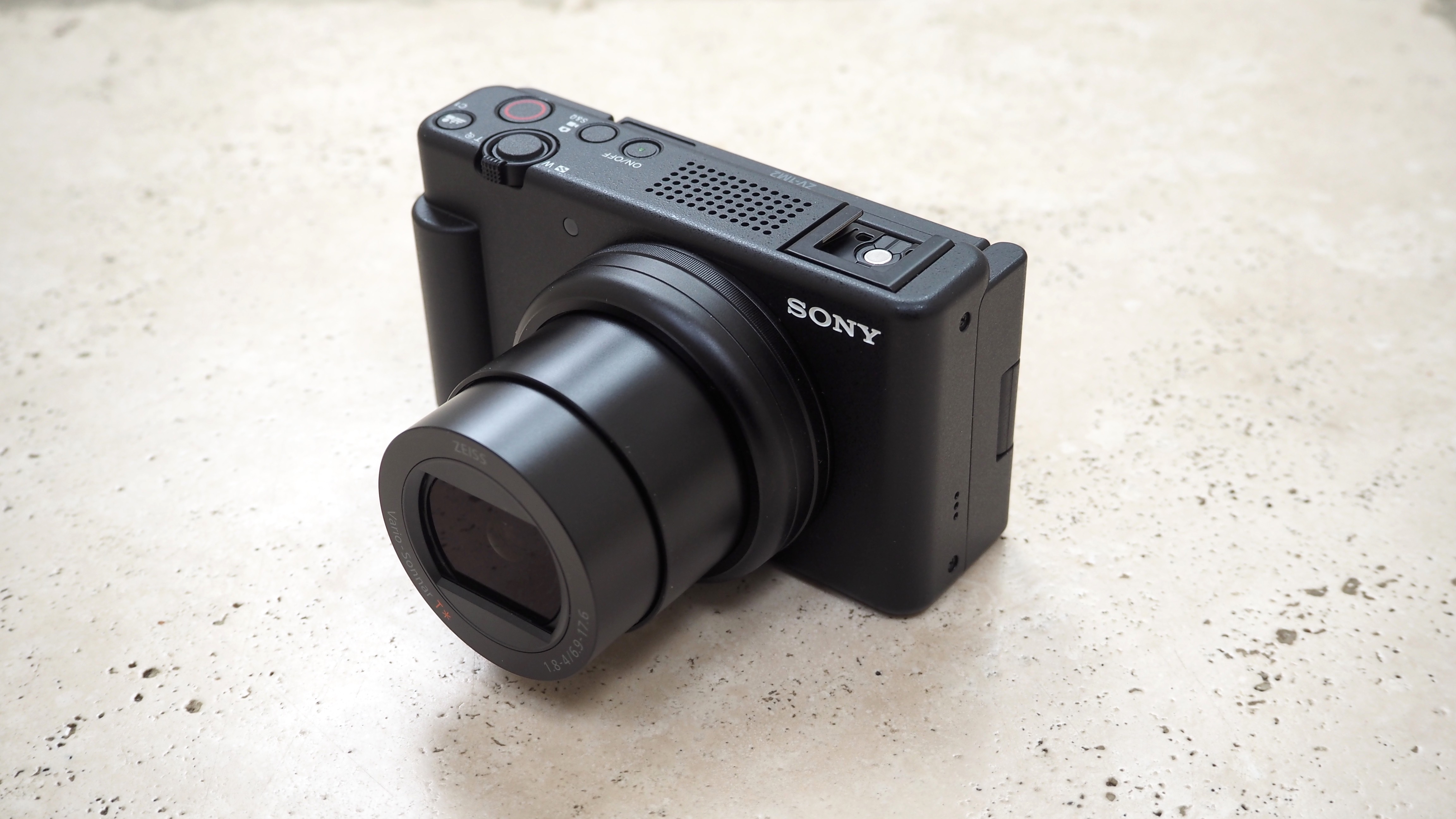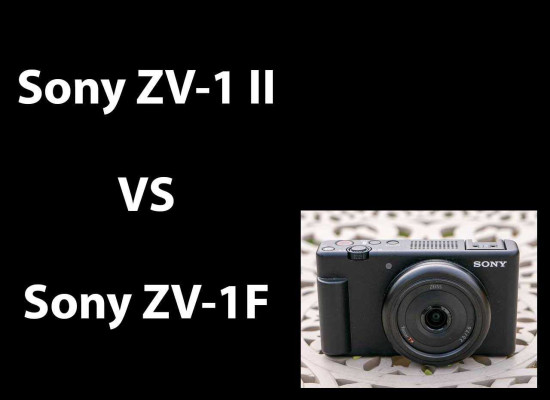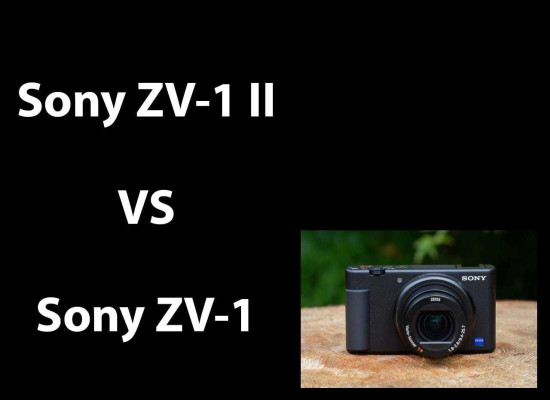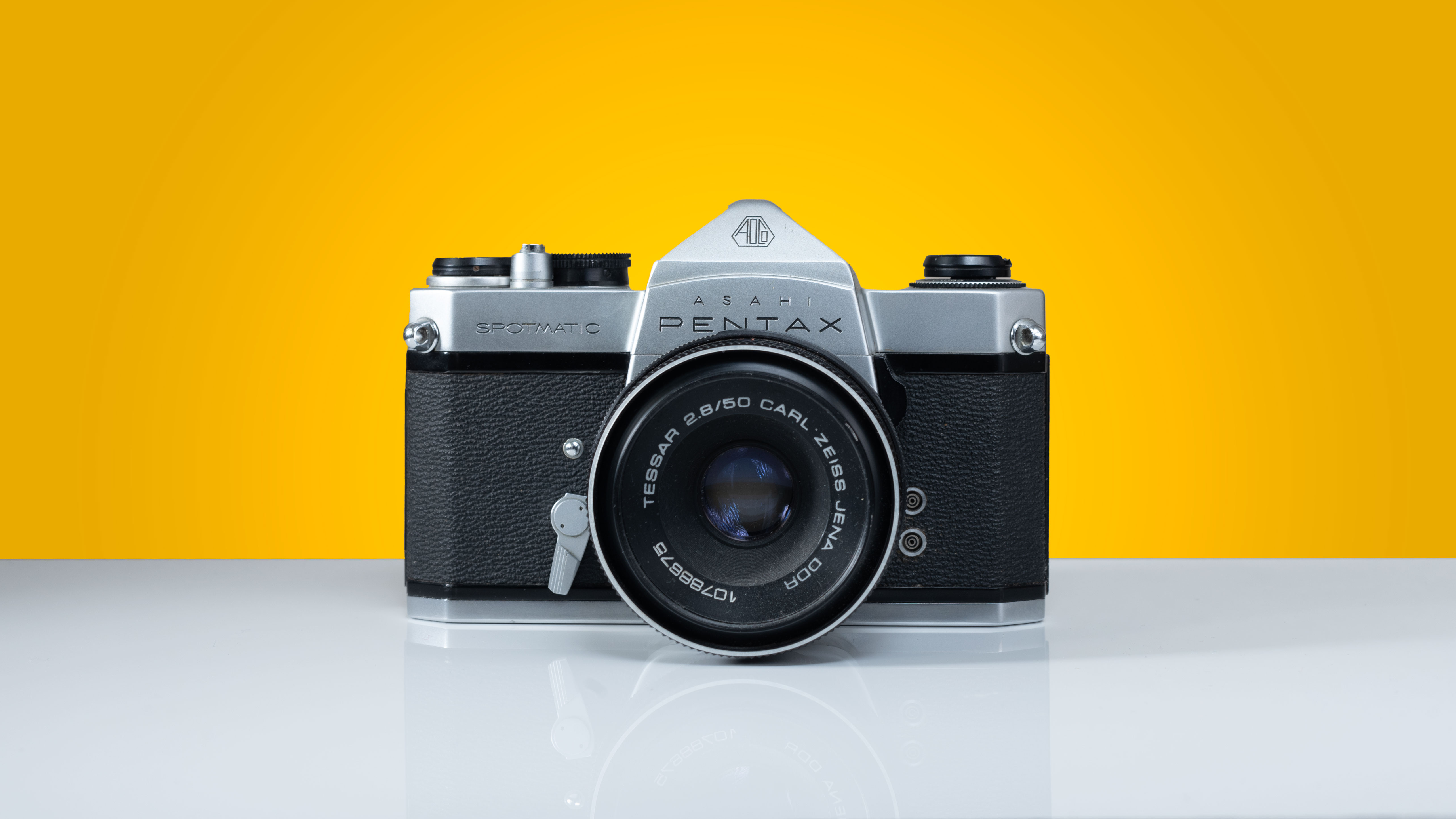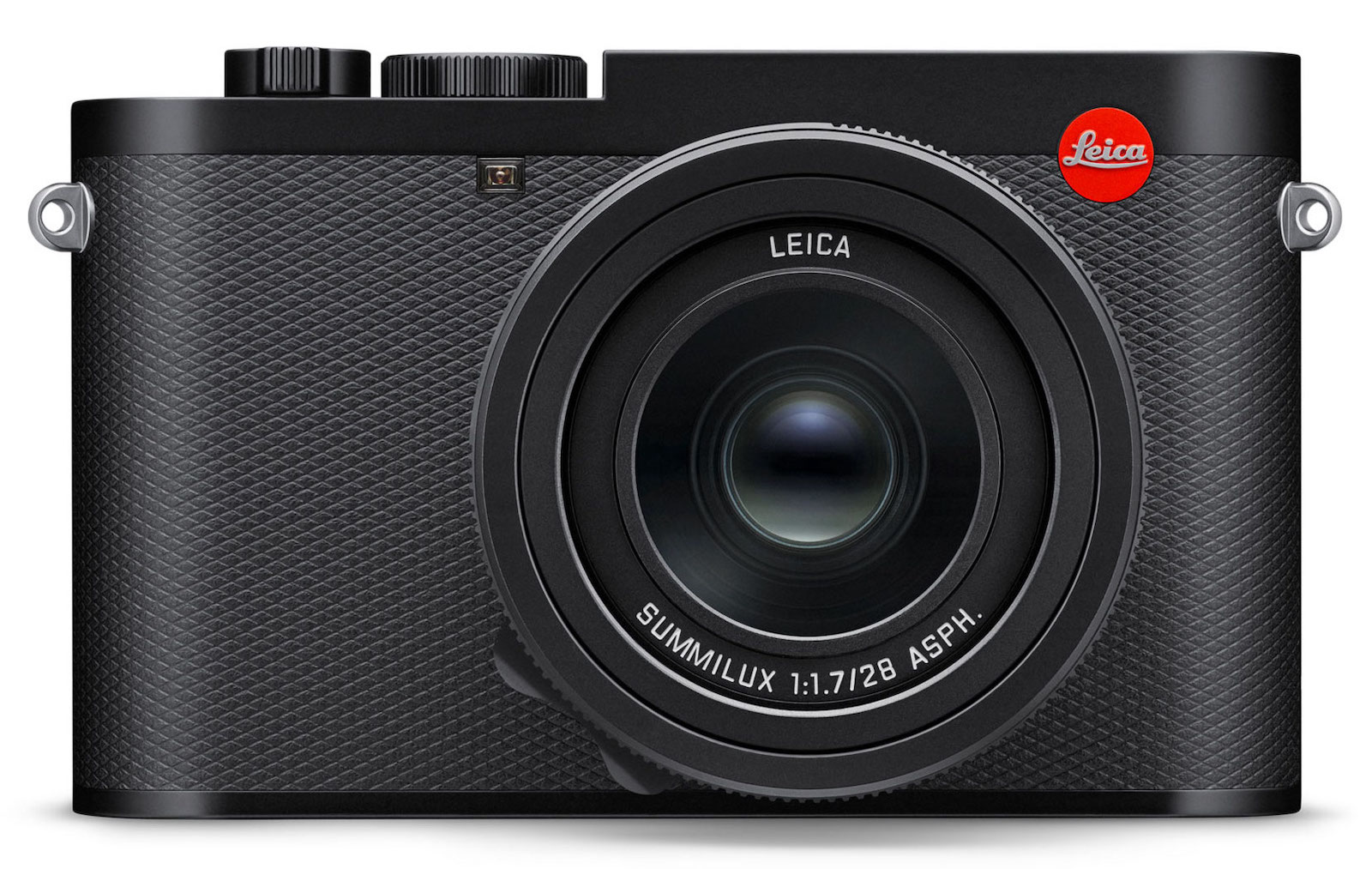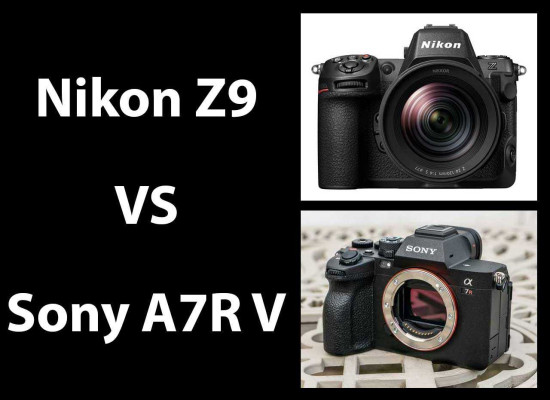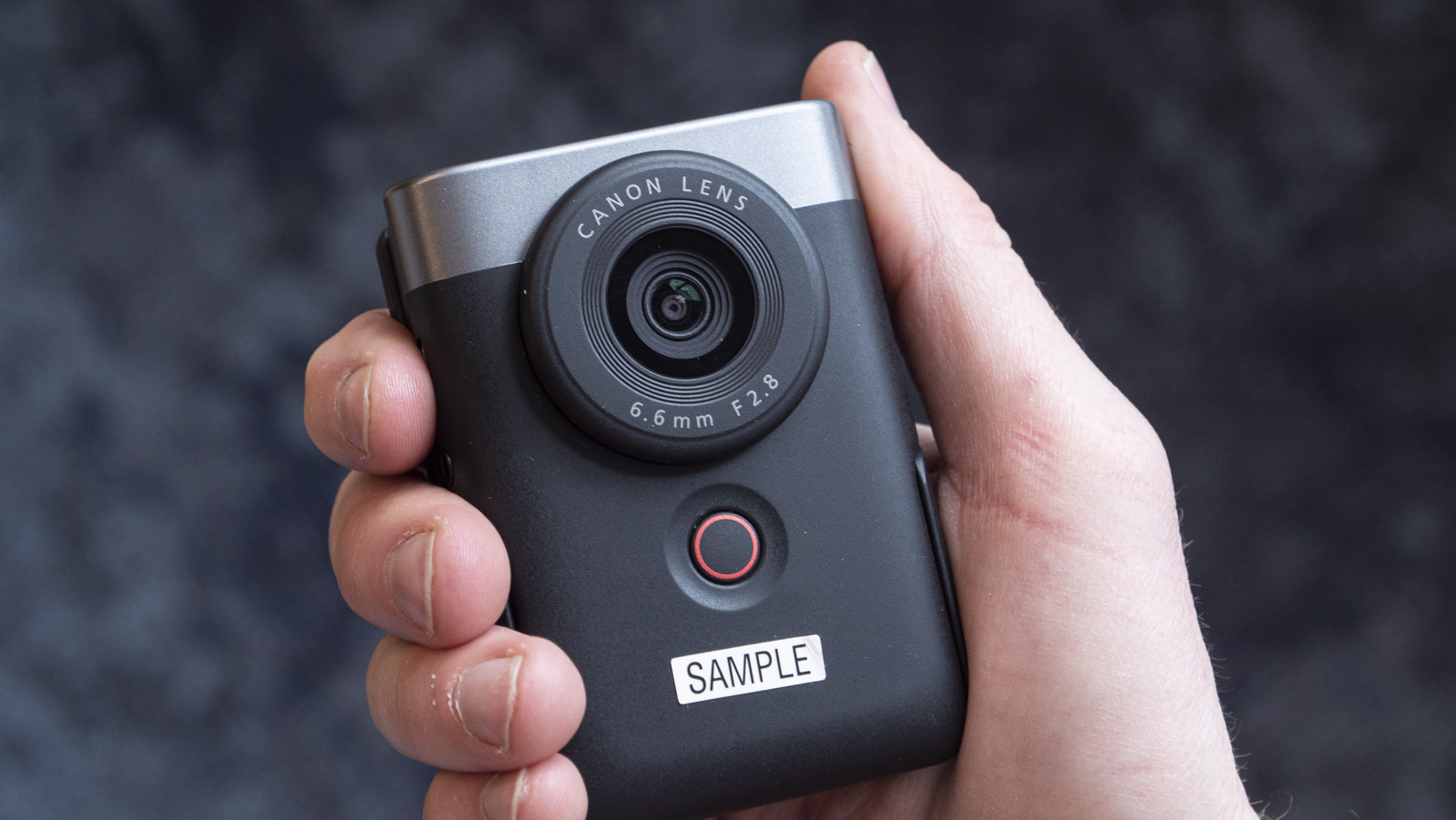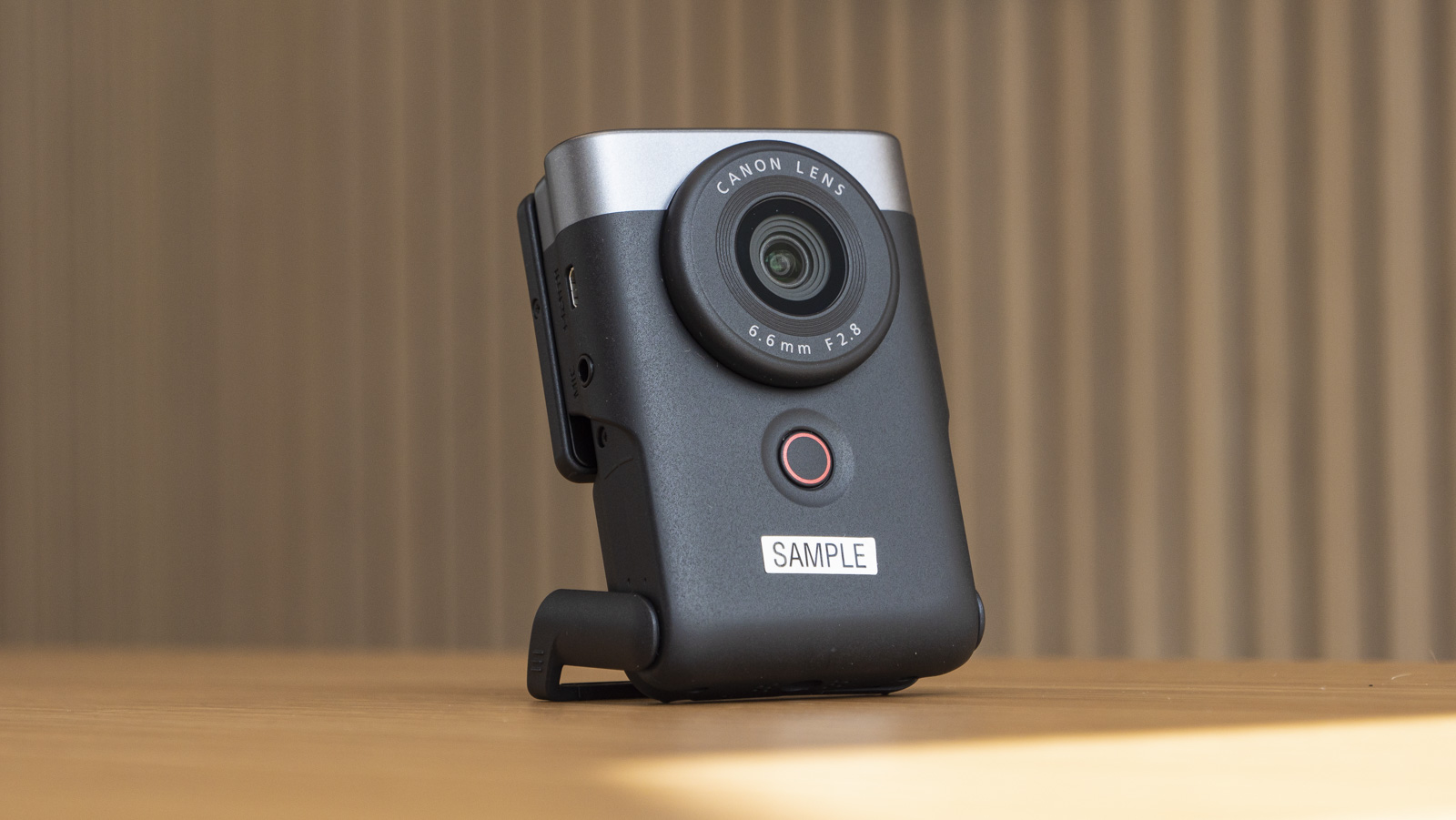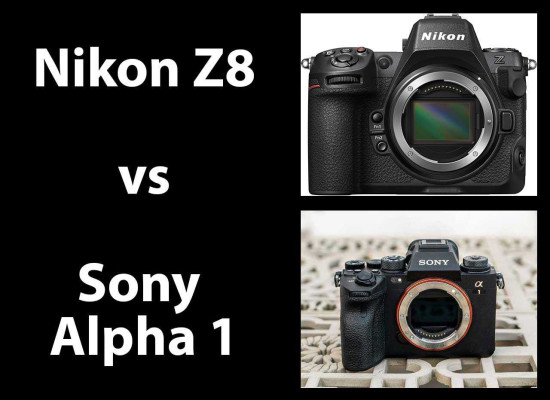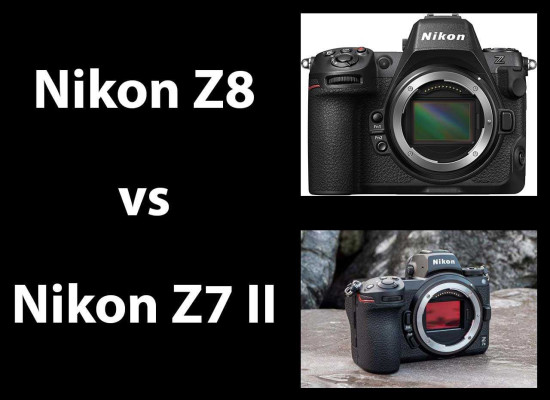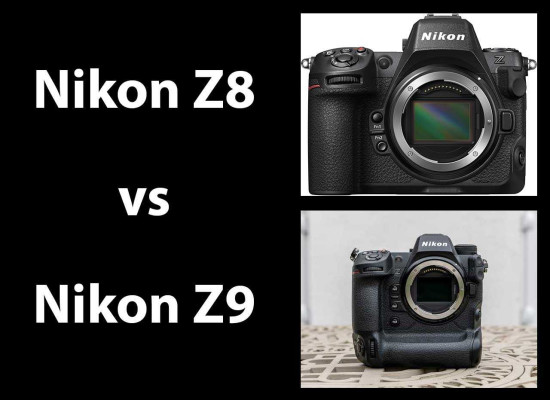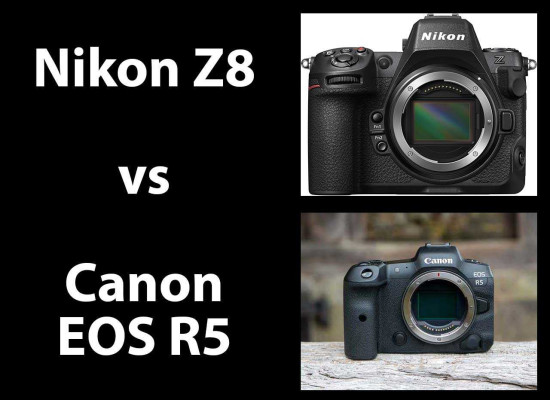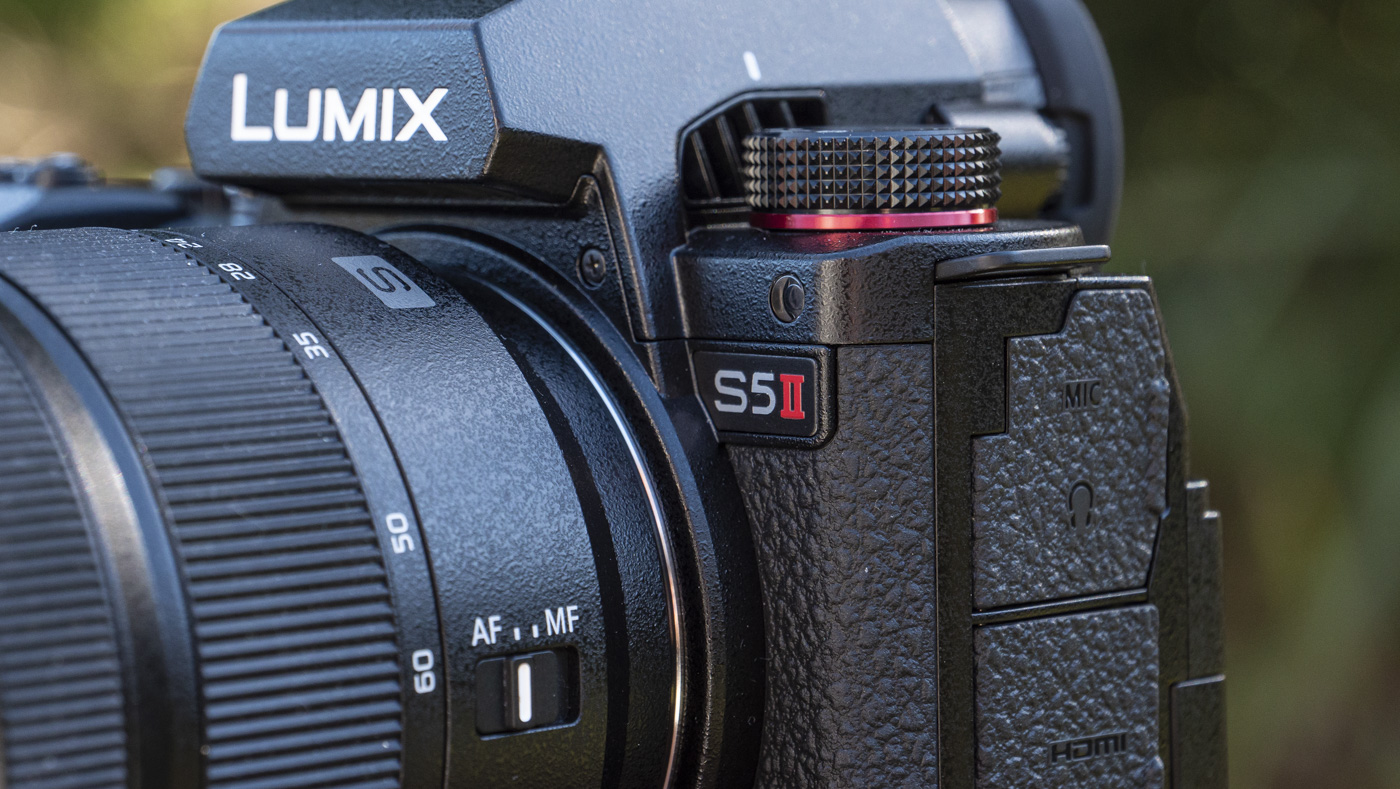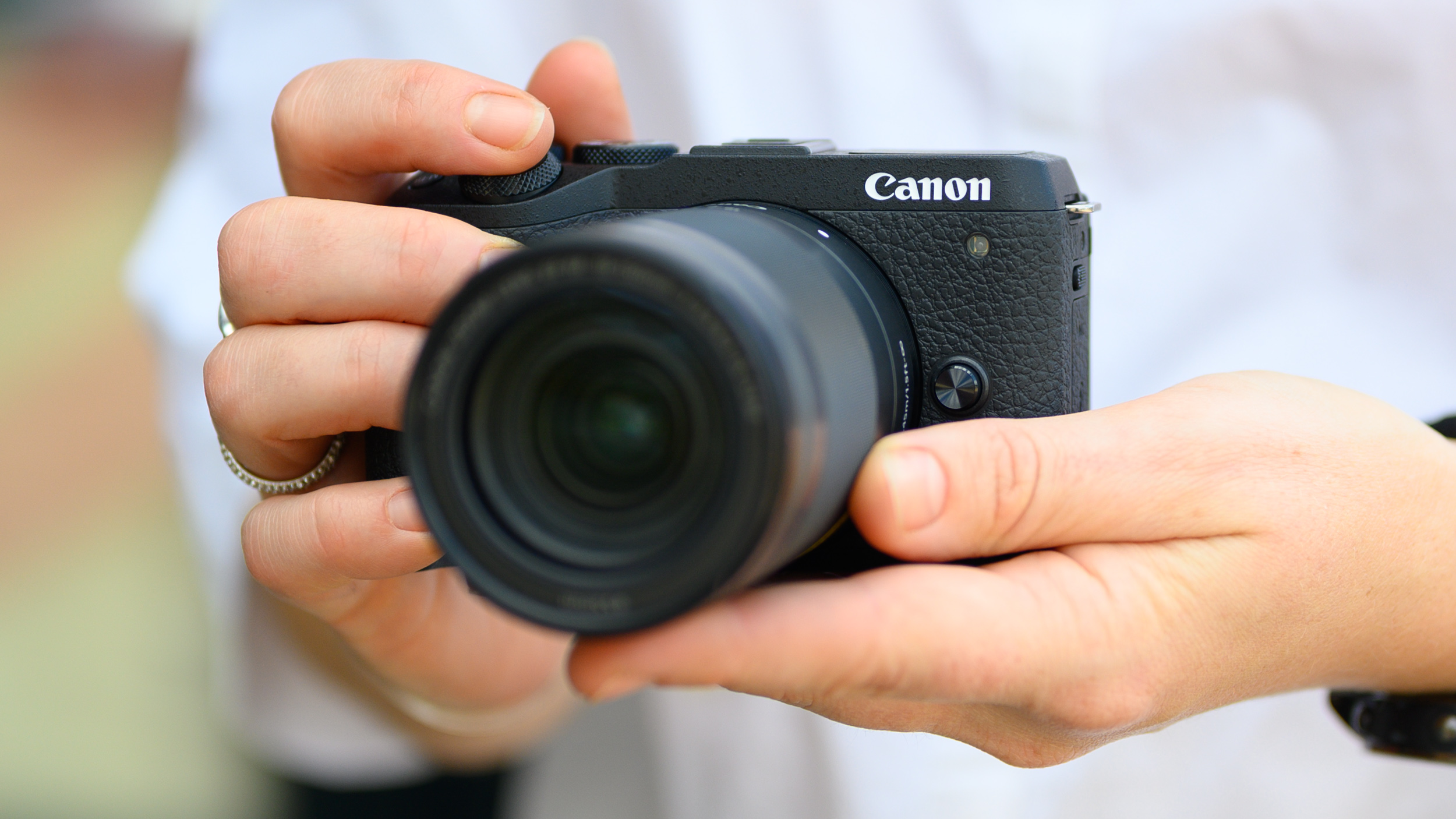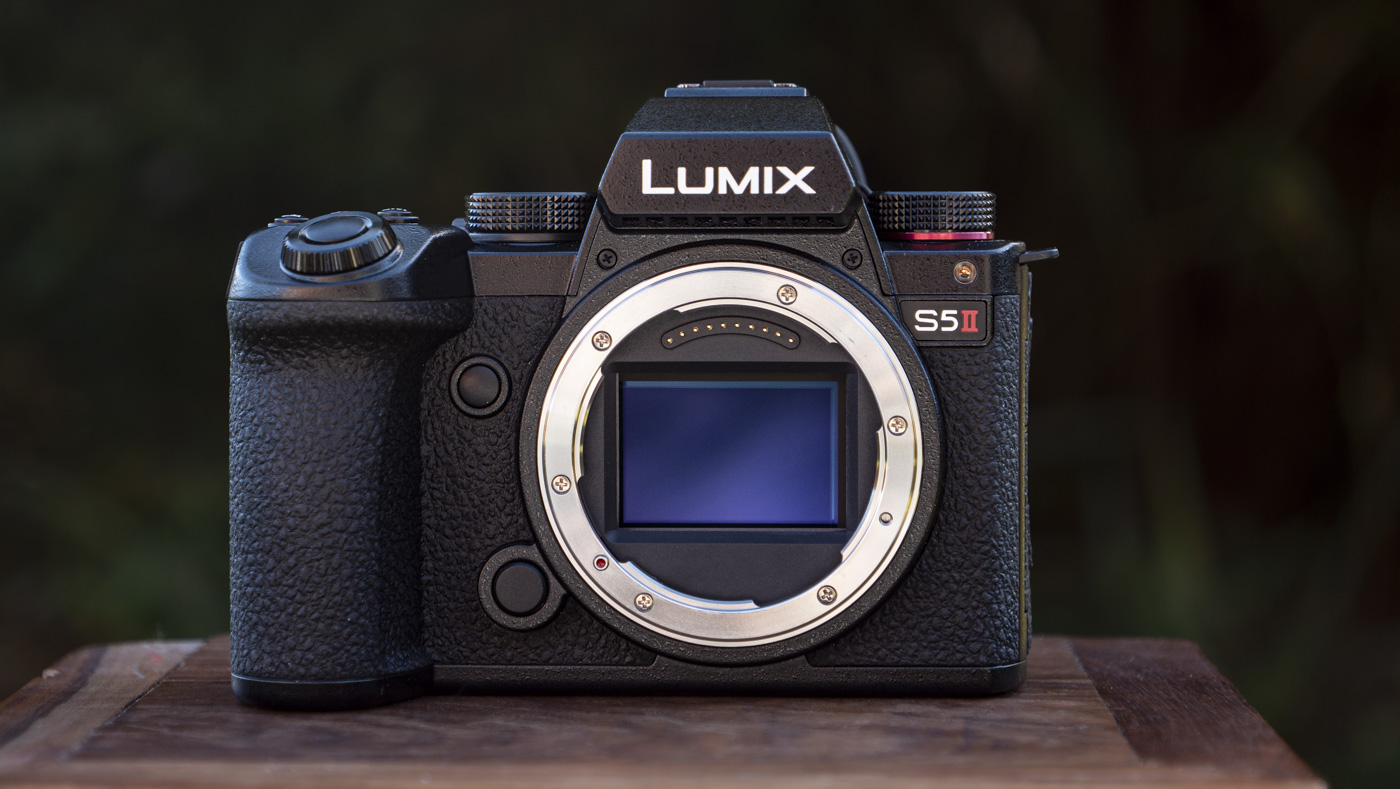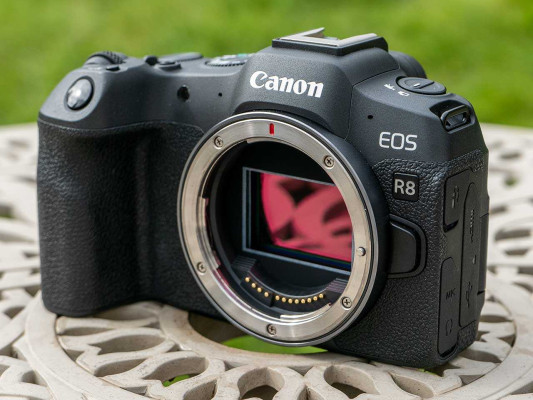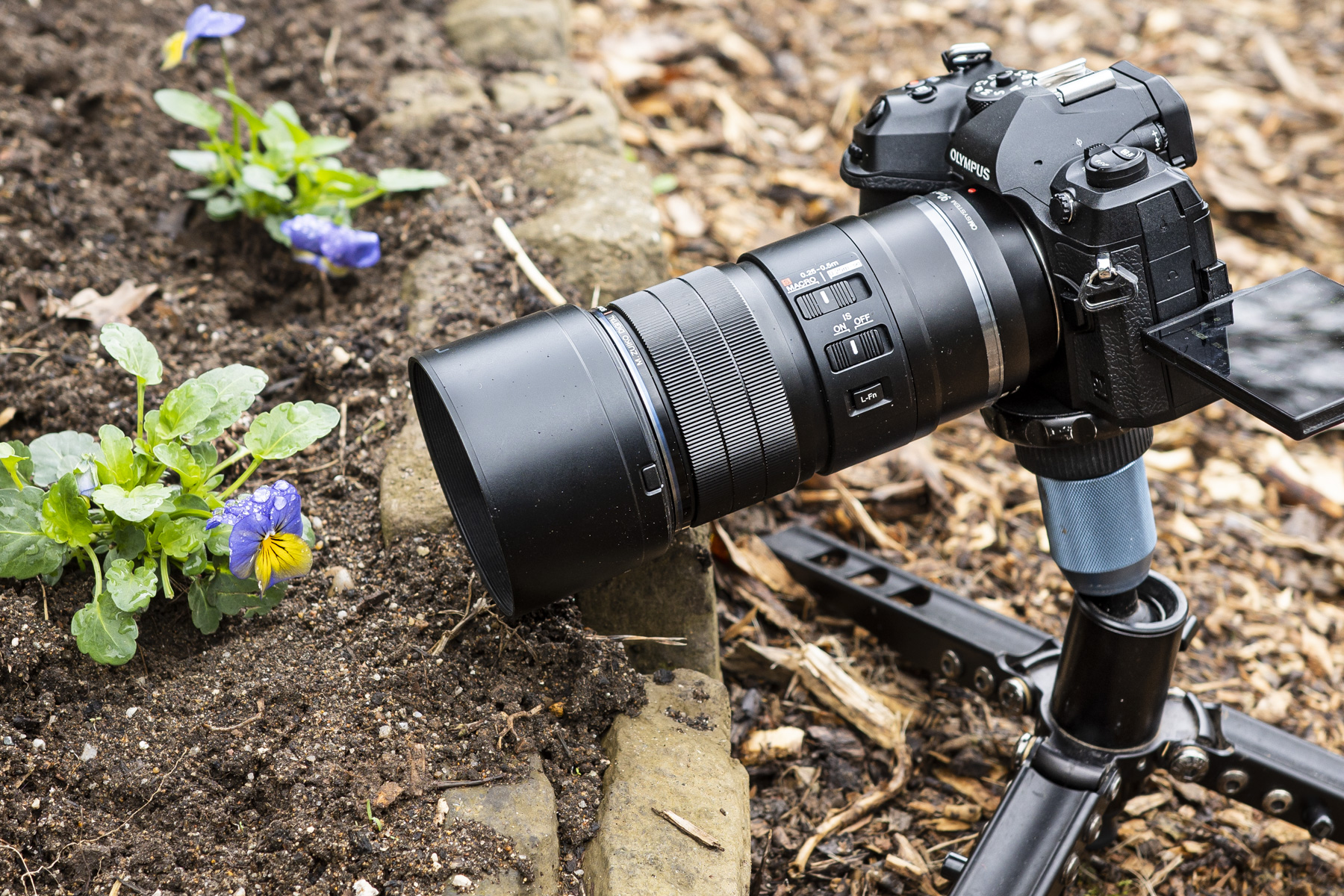Reviews

Fujifilm X-S20 preview
DPReview Latest |
Product photos by Shaminder Dulai and Brendan Nystedt
Fujifilm has debuted its enhanced midrange APS-C mirrorless model, the 26MP Fujifilm X-S20. This interchangeable lens camera has improved video features and a new vlog mode, but doesn't stray from the original very much. The X-S20 retains the deep grip, approachable design, plentiful ports, and in-body image stabilization of the X-S10 (though its grip hides a bigger battery), making for a well-rounded new camera for beginners and intermediate shooters alike.
Key specifications
- 26MP X-Trans BSI-CMOS sensor
- 5-axis in-body image stabilization (CIPA-rated to 7 stops)
- On-sensor phase detection
- 3", 1.84M-dot fully articulating touchscreen
- 2.36M-dot OLED electronic viewfinder
- 20 fps burst shooting (up to 30 fps with a crop)
- DCI and UHD 4K at up to 30p with 10-bit F-Log and F-Log2 support
- External mic and 3.5mm headphone socket
- 750 shots per charge using LCD
- USB power delivery support
- Single UHS-II card slot
- Wi-Fi + Bluetooth
- Compatibility with FAN-001
The Fujifilm X-S20 will be available from June 29th with a recommended price of $1299 body-only. Two kit options will be available, one with the XC15-45 for $1399 and another with the XF18-55 for $1599. This is a $300 price increase from its predecessor, the X-S10.
Jump to:
What's new | How it compares | Body & handling | Initial impressions | Sample gallery I Specifications | Press release
What's new
 |
| A bigger mode dial makes room for a Vlog mode. Larger buttons should be easier to press without looking, too. |
A quick look at the spec sheet tells us that the Fujifilm X-S20 is a lot like its predecessor. It has the same 26MP X-Trans sensor, a slightly improved in-body stabilization system, and a very similar overall design. But look closer and the subtle changes start to pop out. Many buttons and dials are repositioned or larger to make them easier to press. The grip has grown a tad larger to fit a bigger battery. There's a flap for a headphone jack underneath the palm rest. And more differences start to appear once you dig into the menus and twist the mode dial.
Video upgrades
An upgraded X Processor 5 gives the biggest boost to the new model in its video capabilities. That means in-body 4K/60 4:2:2 10-bit internal is now on the table, as is open-gate (3:2 aspect) 6.2K. Fujifilm has also included is the F-Log2 color profile, giving users a Fujifilm-rated additional stop of grading potential at its base ISO of 1250. If you want to use an external HDMI recorder, the camera can now output to ProRes RAW or Blackmagic RAW if desired.
 |
| With the right accessories, the X-S20 becomes a fully-featured video shooting machine. |
If you're thinking that this is starting to seem like a mini X-H2, then you're on the right track. The X-S20 adds compatibility with that camera's cooling fan, the FAN-001, which screws onto the back of the X-S20 with ease. Also new in this model is a headphone jack, eliminating the need for a USB-C to 3.5mm adapter.
Continuous record time is a bit of an issue for the camera on its own, lasting only 36 minutes in the demanding 6.2K mode when tested by Fujifilm at 25°C (77°F). With the FAN-001 attached, runtime more than doubles to 78 minutes.
A new '1080/60P LP' mode is designed to make extended recording easier on the camera. By using a 1.29x crop and thus a smaller portion of the image sensor, the processor can take a break from binning or line skipping; this mode nets you 32 minutes recording in 40°C (104°F) heat, or 78 minutes equipped with the FAN-001.
Vlog mode and UAC webcam
Conveniently located on the mode dial, Vlog mode brings a new video shooting interface to the Fujifilm system. This is designed to make typical kinds of content creator work easy and accessible. Tap the Vlog button on the touchscreen, and you get six quick-access buttons for common features like stabilization, the self-timer, eye/face detection, a product priority mode (that makes the autofocus snap onto objects held towards the lens), a high-speed recording toggle, and a background defocus mode (that opens the lens up as much as possible). The X-S20 also shows the user it's filming with a red box around the LCD preview, or a green one if high-speed footage is being captured.
If you're less of an aspiring YouTuber and more of a Twitch streamer, then the X-S20 can be used as an impressive webcam. Using the USB-C port, you can output a 4K/60p live stream from the camera. And unlike older Fujifilm models, the XWebcam software isn't necessary, since the X-S20 relies on the UAC standard.
Autofocus and subject detection improvements
Stills shooters also get some extra help thanks to the faster X Processor 5 inside the X-S20. Fujifilm claims to have added an improved autofocus algorithm, developed originally for the high-end X-H2S model, so moving subjects and smaller subjects in particular should be captured with higher reliability.
The X-S20 also inherits the X-H2 family's subject detection modes. In PASM or custom modes, these can be individually selected. You can pick from Animal, Bird, Automobile, Motorcycle & Bike, Airplane, and Train modes. If you shoot in full Auto mode, the camera will attempt to recognize and apply the correct mode based on the subject in the frame.
How it compares
As the market of vlog-friendly cameras blossoms, hybrid shooters have a wide array of models to choose from at a surprising range of prices. Here we've compared the Fujifilm X-S20 to some of its APS-C competition. Though the X-S20 sits at the high end price-wise, it comes with a commensurate amount of features and seems like a good value overall.
| Fujifilm X-S20 | Nikon Z30 | Sony a6600 | Canon EOS R10 | |
|---|---|---|---|---|
| MSRP | $1299 | $710 | $1399 | $979 |
| Pixel count | 26MP | 20.2MP | 24MP | 24MP |
| Sensor size | APS-C | APS-C | APS-C | APS-C |
| Image stabilization | In-body + in-lens | Lens only (+ digital in video) | In-body | Lens only |
| Max burst rate | 8 fps (mech shutter) 20 fps (elec shutter) |
11 fps (mech shutter) | 11 fps (mech shutter) |
15 fps (mech shutter) |
| Viewfinder res / mag | 2.36M dots / 0.62x |
No | 2.36M dots / 0.71x | 2.36M dots / 0.71x |
| Rear screen | 3.0", 1.84M-dot articulating touchscreen | 3.0", 1.04M-dot articulating touchscreen | 3.0", 921K-dot tilting touchscreen | 3.2", 1.04M-dot articulating touchscreen |
| Video capabilities | Up to 6.2K/30p 3:2 (open gate), 4K/60p 4:2:2 10-bit | 4K/30p | 4K/30p (1.23x crop) |
UHD/30p full-width UHD/60p from 1.56x crop |
| Log video | F-Log, F-Log2 | No | S-Log (8-bit only) | HDR PQ |
| Mic/ Headphone sockets? | Yes / Yes | Yes / No | Yes / Yes | Yes / No |
| Battery life (LCD) |
750 | 330 | 810 | 350 |
| Card slot | 1x UHS II SD | 1x UHS I SD | 1x UHS I SD | 1x UHS II SD |
| Weight | 491g (17.3oz) | 405g (14.3oz) | 503g (17.8oz) | 426g (15oz) |
We can see that although it's bested in a few minor specs, there's one standout area: its video capabilities are far beyond what most mirrorless competitors offer, which becomes doubly effective coupled with its strong battery. The Canon EOS R10, for instance, still maintains a good lead in continuous shooting, but has less than half the CIPA-rated battery life of the X-S20. The inexpensive vlog-centric Nikon Z30 might be good for those with 1080p video needs, but Fujifilm's option is in a different class altogether.
Body and handling
 |
| While the X-S20 seems a dead ringer for the X-S10, it improves on the original design in subtle ways. |
The Fujifilm X-S20 is hardly a shouty camera, choosing a subdued style that focuses on functionality over visual appeal. With its compact size, DSLR-style grip, and dual control dials, it's approachable – it looks like an average camera. Appropriately, it's the functional touches that have been adjusted on the body. Compared to its predecessor, many of the controls have been enlarged, with bigger dials and more pronounced buttons, while retaining the satisfyingly clicky rear joystick. The articulated touchscreen gets a small bump in resolution, while the electronic viewfinder, with its small OLED panel, is the same as in the X-S10.
The keen-eyed among you will recognize the two holes and small plug behind the rear LCD. Cribbing from the X-H2 models, the X-S20 can accept Fujifilm's FAN-001 accessory, which adds a cooling fan to the camera. This is a pricey accessory at around $200, but it can let the X-S20 shoot video for double the default duration and provide reliability in higher temperatures.
 |
| Thanks to the addition of a real headphone jack on the grip, the USB-C port can be used to power the camera while you monitor the audio. |
Fujifilm has clearly tried to bolster everything photographers liked about the X-S10, including its port selection. It has a USB-C with power delivery for charging, a micro HDMI and a 2.5mm microphone jack that also can accept a wired shutter release. On the grip, there's a brand-new 3.5mm headphone terminal. In the X-S10, users needed to use a USB-C to 3.5mm adapter, but X-S20 users can plug in directly.
 |
| The Fujifilm X-S20 has a battery that can achieve a rating of 800 shots on a single charge, in the right mode. |
Apart from the upgraded processor, the biggest internal change is shifting from the smaller, 8.7Wh NP-W126 battery to the 16Wh NP-W235 battery. This almost doubles the battery capacity: the CIPA-rated shot count on a single charge goes from 325 shots all the way to 750, or as far as 800 when using the camera's Economy power setting. In order to accommodate this bigger battery, the camera's grip is slightly larger, which makes the camera a bit more comfortable to hold. As usual, it's not uncommon to achieve twice the CIPA-rated value.
Next to the battery is the upgraded UHS-II SD card slot. While you only get the one slot, and it's more or less in the same spot, the uprated interface will be a boon for burst shooting. With a fast SD card, Fujifilm says the X-S20 can shoot more than 1,000 JPEGs or compressed Raw files at 8 fps.
Initial impressions
 |
If you're looking at photo specs alone, you could be tricked into thinking that the Fujifilm X-S20 was a quick refresh. Same sensor, same burst speed, a few software tricks, add 10 to the model name and blammo – a new camera. And it's true that for stills shooters not much got added. Overall image quality should be very similar to the outgoing X-T4 and even close to the X-S10 (And yes, I recognize that subject detection autofocus is quite a nice add-on, but it only benefits some stills shooters some of the time).
That said, the uprated battery alone is a gamechanger for everyday, casual shooting. I took the X-S20 out for a multi-hour hike in Olympic National Park one day, and only used one of the five bars on the battery indicator. This thing sips power. I would easily believe Fujifilm's claim of 750 shots using the LCD, and up to 800 in Economy mode. This is near DSLR-level duration for an affordably-priced mirrorless camera.
In use, the slightly higher resolution rear touchscreen works great, and I didn't even mind the OLED viewfinder. I'll admit that the viewfinder feels smaller than I'd prefer; then again I'm probably comparing it to some bigger viewfinders from model costing thousands of dollars above this price level. The button and dial layout is simple to learn and simple to master, and the slightly larger grip makes it comfortable to shoot with for extended periods. If you're new to mirrorless cameras or cameras full-stop, you'll find it an overall pleasant and usable shooting experience.
Despite all its video advancements, this Fujifilm is still easy to use for aspiring content creators, while importantly giving you enough headroom to let you grow as your skills improve. You can shoot 4K today, and graduate to F-Log2 and 10-bit color to grade once you need them. You can happily get internal footage now, with the option to buy an Atomos Ninja later if you want to capture Raw video. You can even start vlogging with the internal microphones, knowing you can upgrade to a headphone and mic pair when you're ready to monitor your sound. Need to have the camera recording for a while? Grab the FAN-001 add-on and unlock the extra runtime. The easy-access Vlog mode and the full video mode are right next to each other on the dial, so when you're ready to dive in, the X-S20 will be too.
 |
| They may look incredibly similar, but the X-S20 is a big upgrade from the previous generation. |
Compared to Fujifilm's more stylish, retro-inspired models, the X-S10 design always struck me as kind of conventional – good, but unexciting. I'm forced to admit that the unassuming X-S20 flips the script: what strikes me first here is an extremely exciting feature set. It may not look like much, but this new Fujifilm has got it where it counts.
Sample gallery
Please do not reproduce any of these images on a website or any newsletter/magazine without prior permission (see our copyright page). We make the originals available for private users to download to their own machines for personal examination or printing (in conjunction with this review); we do so in good faith, so please don't abuse it.
All images shot using a pre-production Fujifilm X-S20








